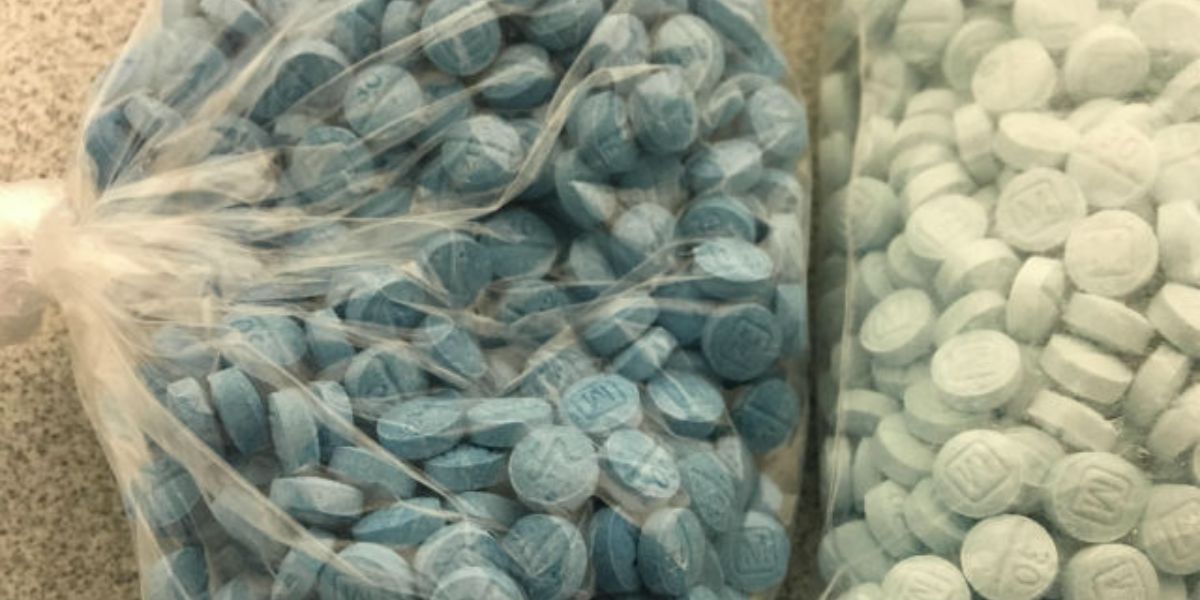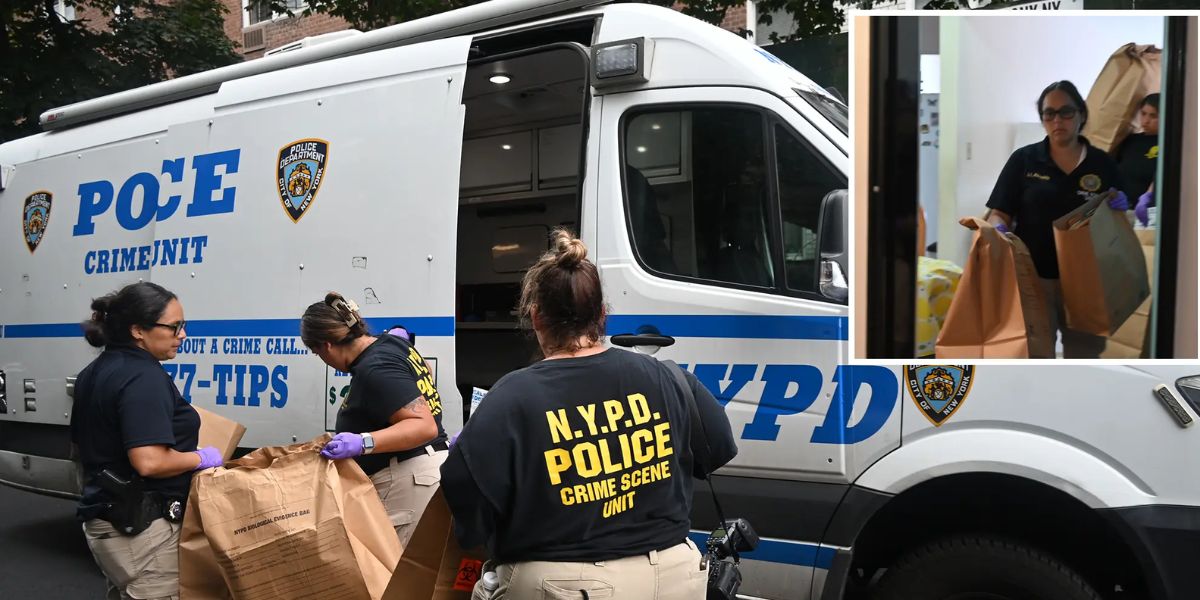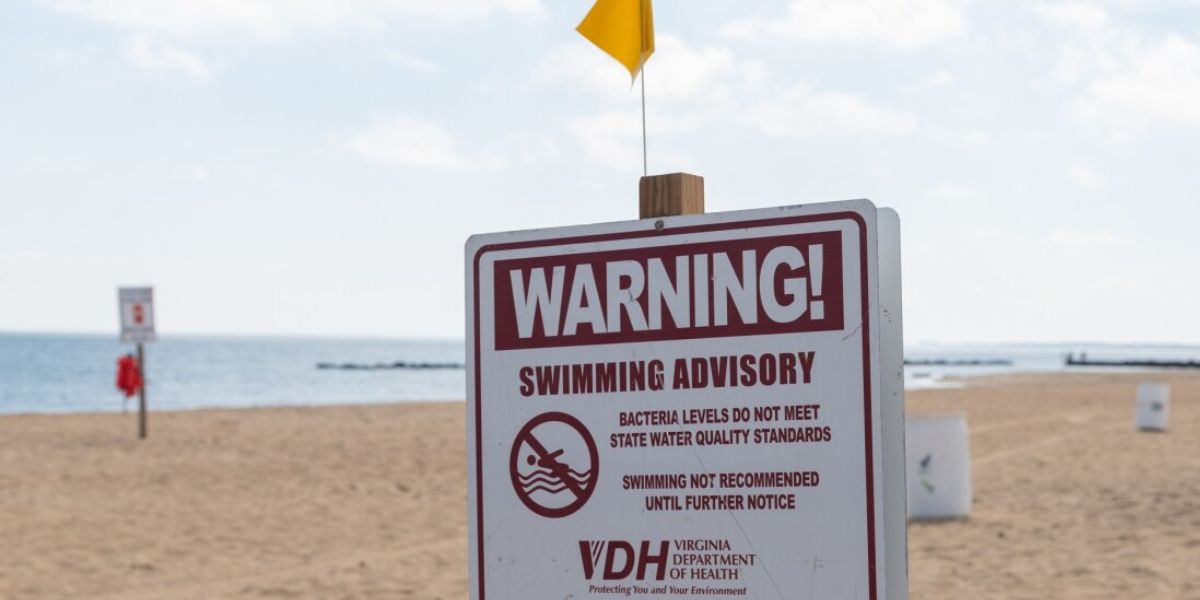The San Diego County Sheriff’s Office reported that over the last year and a half, law enforcement agencies in the area have seized nearly 2 million fentanyl pills.
These pills, often disguised as prescription medications, have been found hidden in vehicles, shipments, and even on individuals attempting to transport them across state lines.
The Seized fentanyl pills represent a significant portion of the illegal drugs trafficked into California, fueling the state’s ongoing opioid crisis.
“These seizures are a direct result of the hard work and dedication of our law enforcement officers,” said Sheriff Kelly Martinez. “The scale of this fentanyl seizure underscores the severe threat this drug poses to our communities and the urgency with which we need to act to combat its spread.”
The Growing Threat of Fentanyl
Fentanyl has become one of the most lethal substances on the streets, accounting for a rising number of deaths linked to opioid overdoses.
According to the Centers for Disease Control and Prevention (CDC), fentanyl is 50 to 100 times more potent than morphine, making it incredibly dangerous even in small amounts.
The surge in fentanyl-related deaths has prompted local and state authorities to increase efforts to curb the flow of this deadly substance into communities. California, being a key entry point for illegal drugs coming from Mexico, has been particularly impacted by the trafficking of fentanyl.
Over the past year, fentanyl seizures in the region have spiked, with authorities reporting an alarming increase in the number of illicit fentanyl pills being discovered in border-crossing attempts and drug busts.
How the Pills Are Smuggled
The fentanyl pills seized by the San Diego Sheriff’s Office were typically smuggled in ways designed to evade detection. Often disguised in pill bottles or hidden inside vehicles with secret compartments, the drugs were meant to be distributed throughout Southern California and across the U.S.
Officials have noted that many of the seized pills are pressed to look like prescription medications, such as OxyContin or Percocet, making it difficult for users to distinguish them from legitimate painkillers.
However, these counterfeit pills are often laced with fentanyl, posing a deadly risk to anyone who unknowingly consumes them.
Law Enforcement Efforts: Tackling the Fentanyl Crisis
To combat the fentanyl crisis, the San Diego County Sheriff’s Office has been collaborating with federal agencies, including the Drug Enforcement Administration (DEA) and U.S. Customs and Border Protection (CBP), to monitor and intercept fentanyl shipments entering the region.
Authorities have also ramped up public education campaigns to raise awareness about the dangers of fentanyl and counterfeit prescription pills.
“The partnership between local, state, and federal agencies is essential in fighting this epidemic,” said DEA Special Agent in Charge John Callery. “We are committed to preventing fentanyl from reaching the streets, but we also need the public to be vigilant and report any suspicious activity.”
The Toll of the Opioid Crisis
The opioid epidemic has wreaked havoc on families and communities across the U.S., with fentanyl being a major contributor to the crisis. In 2024 alone, California reported over 4,000 fentanyl-related overdose deaths, and that number is expected to grow as more fentanyl pills enter circulation.
To combat this crisis, the San Diego County Sheriff’s Office has committed to continuing its efforts in disrupting drug trafficking organizations and cracking down on illegal fentanyl distribution. The goal is to reduce the number of opioid-related deaths and prevent further harm to residents.
What’s Next: Ongoing Efforts and Awareness
Authorities will continue to monitor the flow of fentanyl into California and collaborate with national and international law enforcement to dismantle the trafficking networks responsible for the distribution of this deadly drug. The public is also urged to remain alert and report any suspicious activities related to drug trafficking.
“We will keep fighting this battle every day, because fentanyl is not just a problem for law enforcement—it’s a problem for every family in America,” said Sheriff Martinez.
What Do You Think?
Do you believe more needs to be done to combat the spread of fentanyl in your community? What additional measures should be taken to address the opioid crisis? Share your thoughts in the comments below on RidgecrestPact.org.









